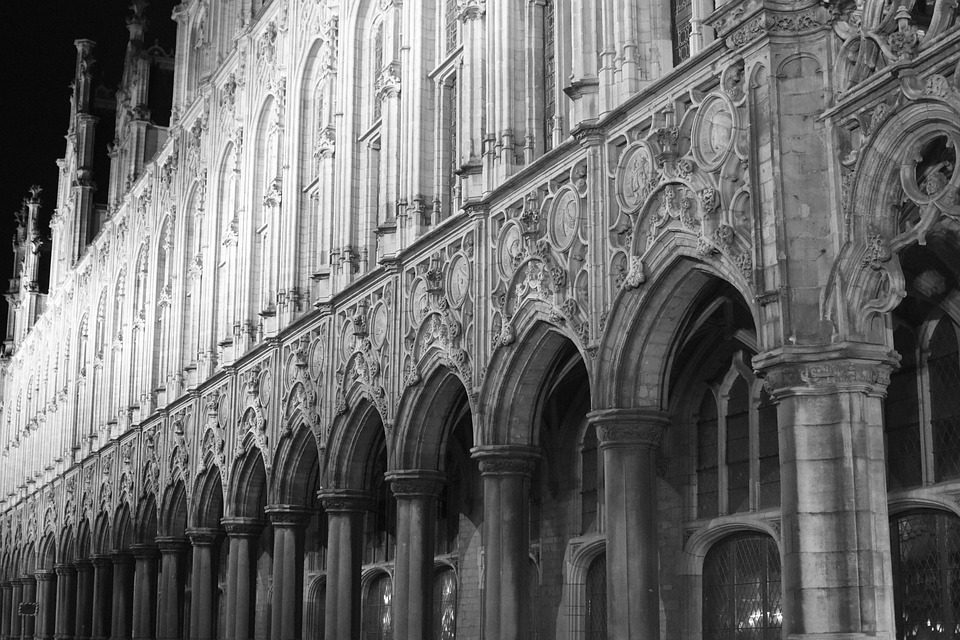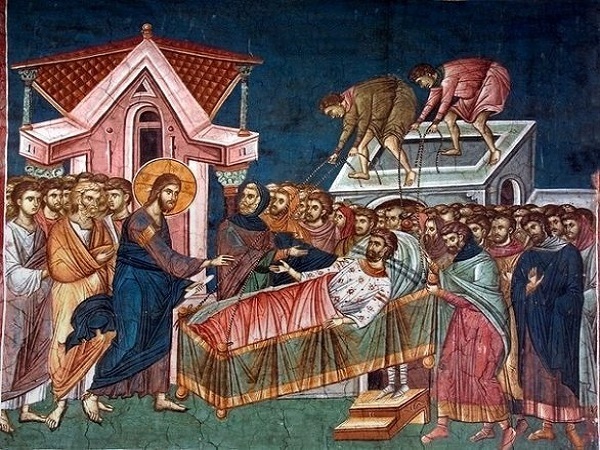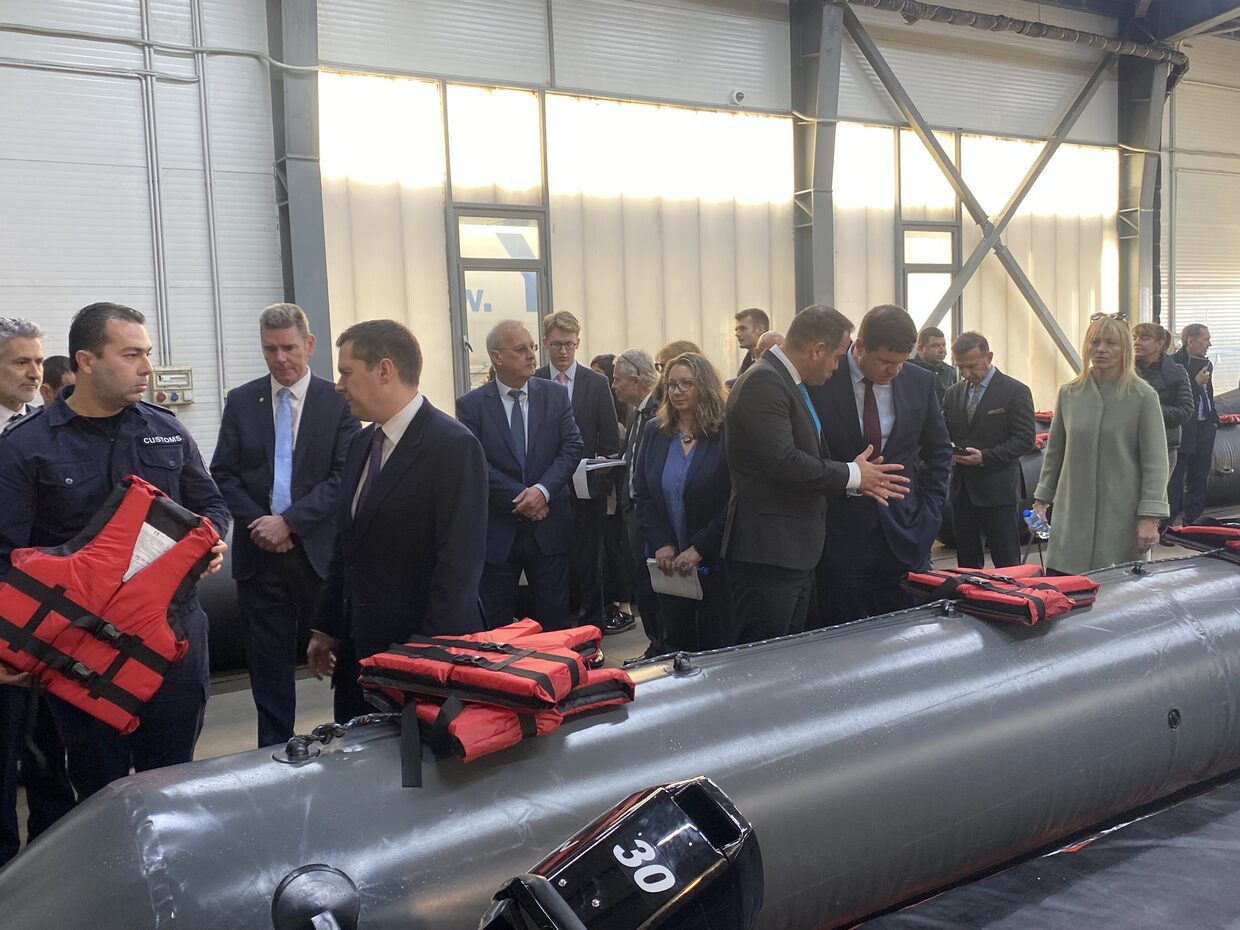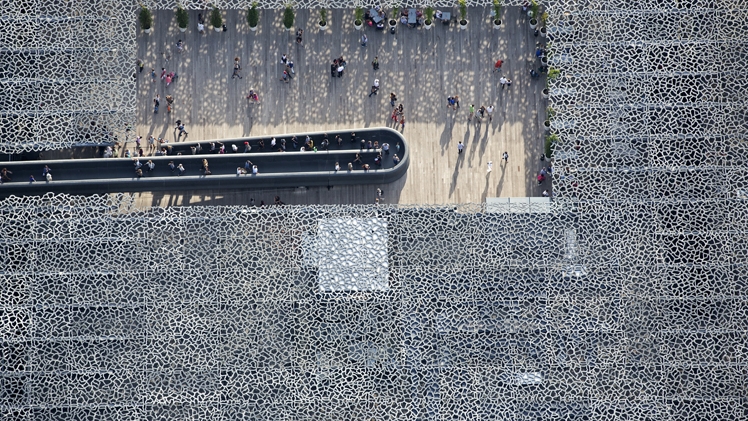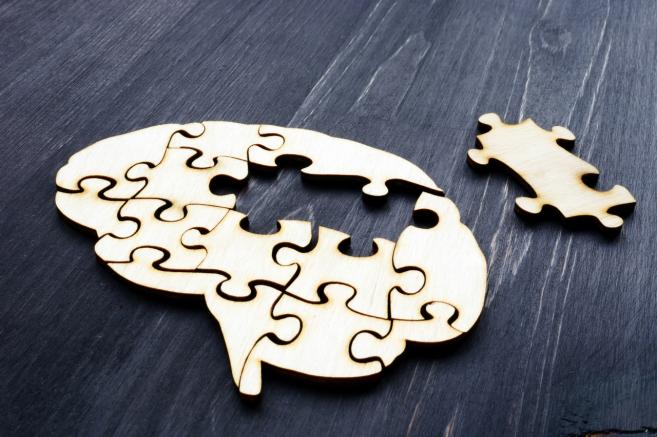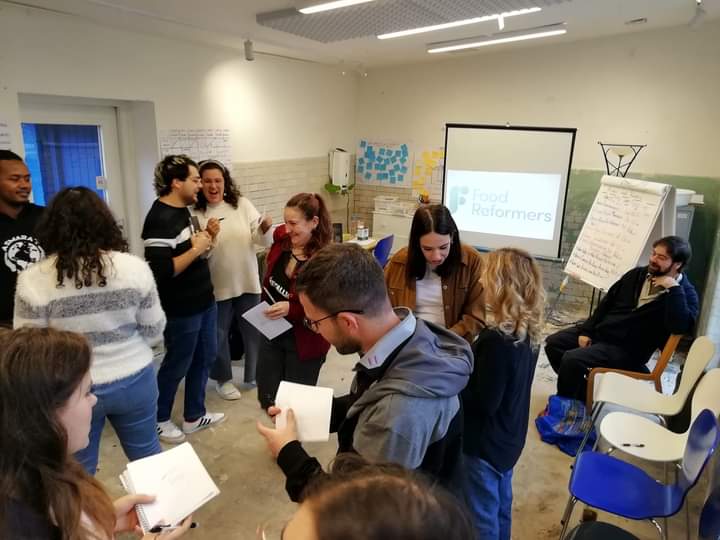Festivals and events not to be missed in Mechelen
Mechelen, a charming city located in Belgium, is known for its rich history and lively atmosphere. Every year, the city holds various festivals and events that attract locals and tourists. Here are some of the festivals and events not to be missed in Mechelen.
One of the most popular events in Mechelen is the “Maanrock” festival. Every year, in August, the city center is transformed into a giant stage to welcome renowned local and international artists. The festival offers a varied program with live music concerts in different genres such as rock, pop, reggae and jazz. The streets are filled with food and drink stalls, creating a festive atmosphere for visitors of all ages.
Another event not to be missed is the “Mechelen Bierfestival” beer festival. This event usually takes place in the spring and allows beer lovers to discover a wide variety of craft Belgian beers. Local and international breweries present their products and offer tastings. It’s the perfect opportunity for beer lovers to discover new flavors and chat with experts in the field.
For art lovers, the “Contour” festival is an unmissable event. Held every two years, this contemporary art festival offers exhibitions, performances and film screenings in different locations across the city. Local and international artists exhibit their works, offering visitors a unique and immersive artistic experience.
Classical music lovers will not be disappointed in Mechelen. Every year, the city organizes the “Ars Musica” music festival. This event highlights high-quality classical music concerts at historic venues such as St. Rumbold’s Cathedral and the Palace of the Grand Dukes of Brabant. Renowned orchestras and virtuoso soloists perform at this festival, attracting music lovers from all over.
In addition to annual festivals, Mechelen also offers regular cultural events throughout the year. For example, the Sunday morning market is a popular meeting place for locals and visitors. The stalls offer a variety of fresh produce such as vegetables, fruits, cheeses and flowers. This is a great opportunity to taste local products and meet the producers.
The Christmas market is another event not to be missed in Mechelen. During the festive period, the town transforms into a real Christmas village with decorated chalets, food and hot drink stalls, and attractions for children. Visitors can purchase unique handcrafted gifts and enjoy the festive atmosphere.
In conclusion, Mechelen is a city that is full of interesting festivals and events throughout the year. Whether you’re a music lover, art lover, beer lover or just looking for a party atmosphere, Mechelen has something to offer everyone. Don’t miss these events and discover everything this charming city has to offer.
Originally published at Almouwatin.com



